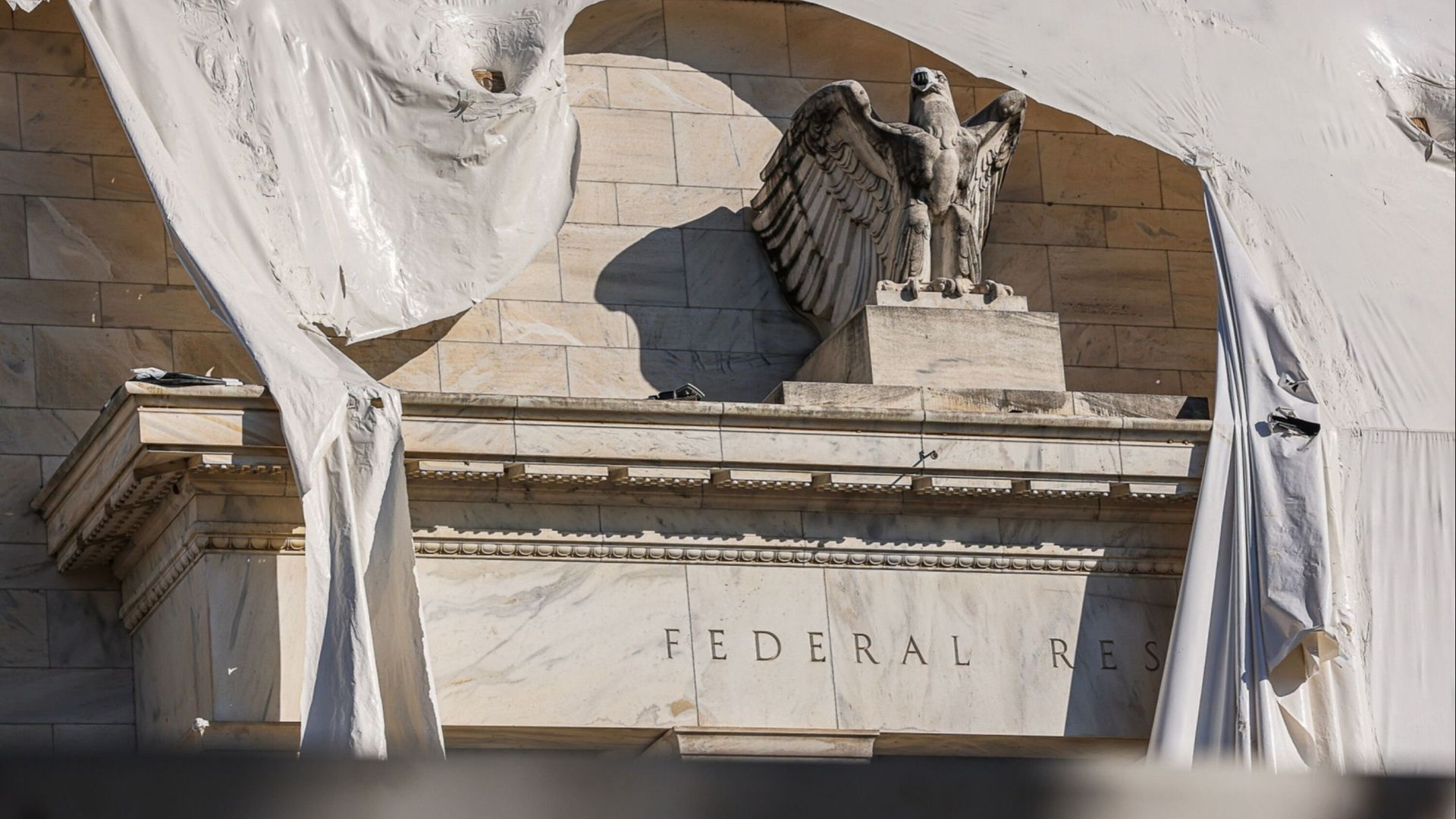
The writer is global chief investment strategist at BlackRock
The investing landscape has fundamentally changed. Some investors may be waiting, or hoping, for a return of the sustained bull markets in both equities and bonds that we enjoyed for the 40 years before the pandemic. But I think we are in a new regime, and we are not going back any time soon. It’s time to stop waiting and start making lemonade from the lemons that the macro environment presents. This is going to take a more nimble approach than it did in the past.
One reason: the economic outlook is much more uncertain. In the US, market narratives have been swinging between hopes for a soft landing and recession fears through 2023. But context is everything. Despite seemingly strong economic activity recently, the US economy has grown more slowly over the past three years than was typical before the pandemic. There is no landing — we are just climbing out of a hole.
There is a natural tendency to interpret inflation and growth as though we are in a typical business cycle but we are not. As the global economy normalises from the pandemic, it is being shaped by new forces such as ageing populations, geopolitical fragmentation and the low-carbon transition. We’re in the midst of a massive structural shift that is likely to see major economies move on to lower growth paths amid persistent production constraints. The resulting disconnect between the cyclical narrative and structural reality is stoking market volatility.
While major central banks could start cutting interest rates from the middle of next year, they won’t be going all the way back down to pre-pandemic levels. The US Federal Reserve will have to hold back growth to align with constrained production capacity, especially in the face of looser fiscal policy. Higher rates are here to stay.
So, investors will have to learn once more how to outrun cash yielding around 5 per cent. Structurally higher policy rates should eventually mean higher returns on assets. But not all asset valuations have adjusted, in my view.
As markets adjust in fits and starts to this new reality, we can expect to see greater dispersion of returns. For example. London Stock Exchange Group data shows that during the period of economic stability preceding the pandemic known as the Great Moderation, analyst views of expected company earnings were much more grouped together outside major shocks. Now they are more dispersed, showing that an environment of higher inflation and interest rates makes the outlook harder to read.
Seizing the opportunities from this trend requires being dynamic with portfolios, not relying on static exposure to broad asset classes that worked so well during the sustained bull markets of the past. In fact, our analysis suggests heightened volatility and greater dispersion of returns means that moving portfolios around more frequently in the new regime can be better rewarded than in the years leading up to the pandemic, while a set-and-forget approach worked better in the old regime.
That’s the theory. How am I putting it into practice? We’ve been changing our asset allocation more frequently. One example: we’ve shifted our tactical view on US Treasuries to capitalise on the current heightened rate volatility. We were underweight long-term Treasuries from late 2020 as we expected higher interest rates and a more positive “term premium” — the extra returns for investors for the risks of longer-dated debt.
We turned upgraded to a neutral stance a couple of months ago as risks have become more two-directional. We then also turned overweight on European government bonds and UK gilts but have since trimmed that position given the drop in yields. This more dynamic approach stands in sharp contrast to the previous long-held underweight position in developed market long-term bonds.
Within US equities, the macro assessment leads us to take a broad underweight position compared with portfolio benchmarks, but this is offset by the potential in artificial intelligence and technology stocks, taking us closer to a neutral stance.
In addition to the tech sector more generally, we favour industrials, selective European banks and US healthcare in portfolio allocations. We upgraded Japan equities twice this year and continue to like them for 2024 but on a currency-unhedged basis. Within emerging markets, we favour India and Mexico as beneficiaries of companies diversifying supply chains and beneficial demographic trends.
We are in a new regime — and not going back any time soon. This is a world in which rewards are up for grabs for investors that can navigate the structural shift to higher interest rates, more volatility and greater dispersion.